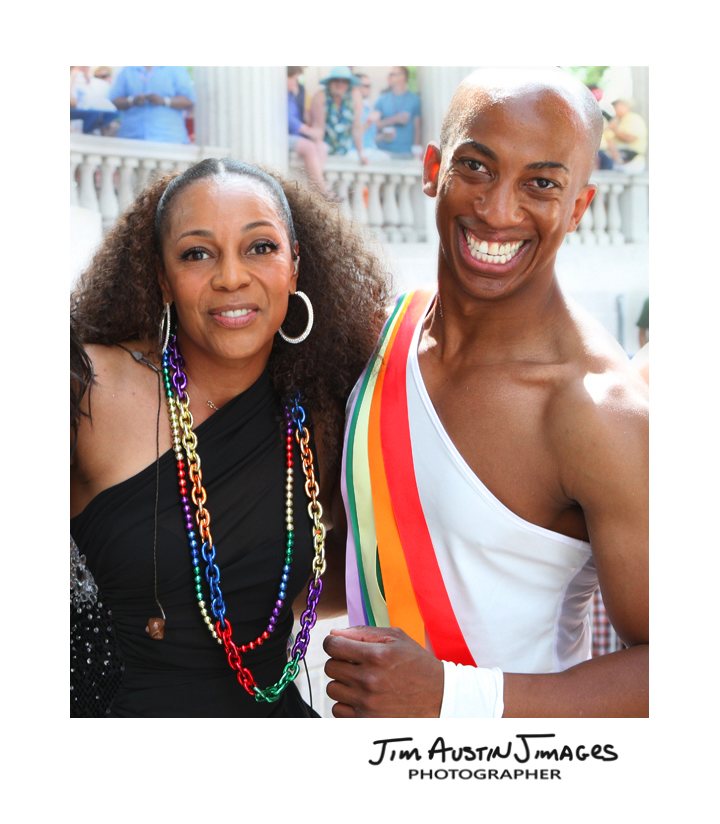
My mother used to say “keep your eyes peeled” as if I had two ripening bananas in my head. Well, keeping our eyes peeled, and being vigilant, is certainly good advice. Yet, what about the eyes of our subjects?
As photographers we want to capture compelling facial expressions. Becoming more aware of our subjects eyes makes intriguing portraits, so we’ll cover a few ideas for photographing eyes. I will be using all these concepts for my own 2018 portraits. Well, all of them except for the peeling.
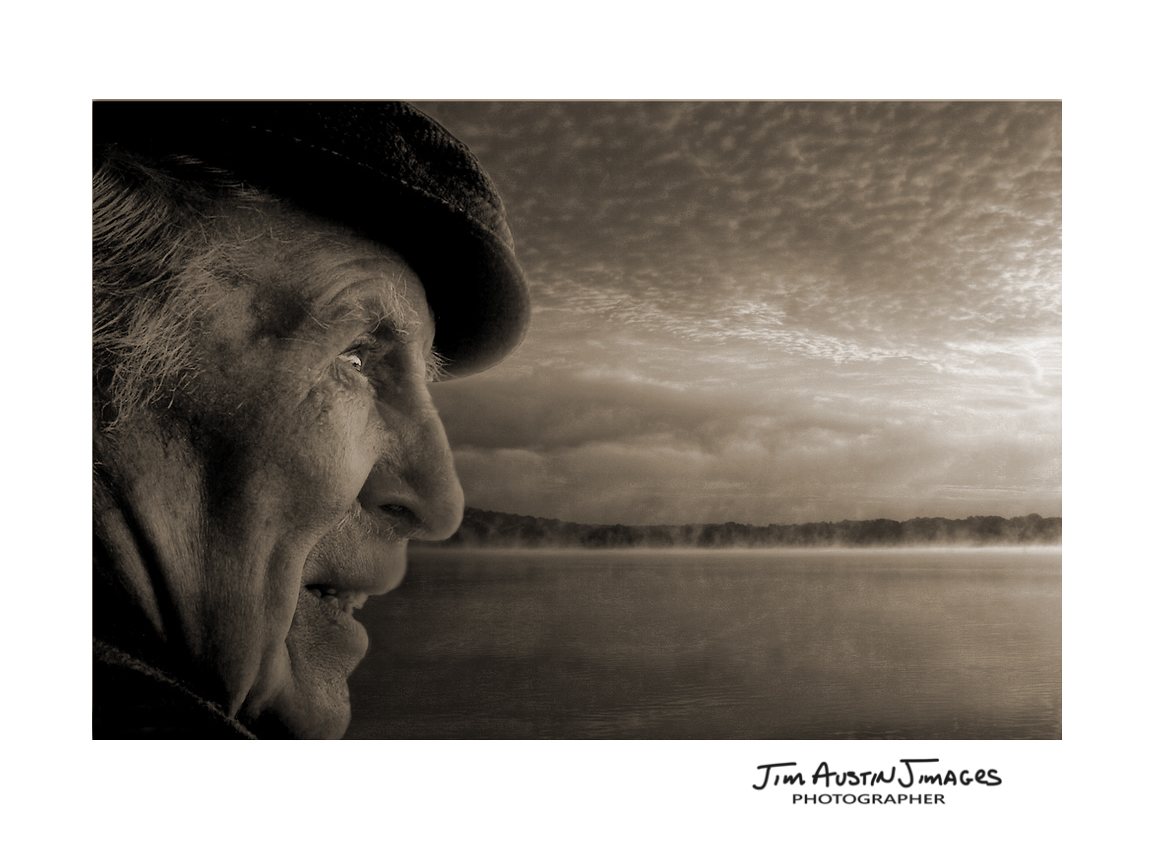

EYES PEELED
3 TIPS FOR SHARP, ILLUMINATED EYES
1. Find good light. Make images in cloudy, shady, morning or late afternoon lighting conditions. If it is sunny and snowy, use the snow as a reflector and place your subject in the shade. If it is grey and gloomy, go indoors near a large window, and work close to your subject. Finally, if there is no good light, add some available light with a fill flash on low power.
2. Move around the person until you see good light illuminate their eyes. I like to move around my portrait subject, or have them turn their head, until I find a bright catch light in their pupils.
3. Focus with a Point. Use single point Auto Focus. To ensure good depth of field, extend the plane of focus by changing your camera dial Aperture (A) to openings of F/2.8, F/3.5 F/4. The exact aperture is not important. The key is to soften the background with an effective aperture.
We want the eyes in focus. In fact, it makes us uneasy to see a picture wherein the eyes are out of focus. Here is an example of deliberately applying this concept to a portrait of a youth, focusing not on his eyes, but on a foreground flame he is holding, while adding a low power flash fill for shadow detail:
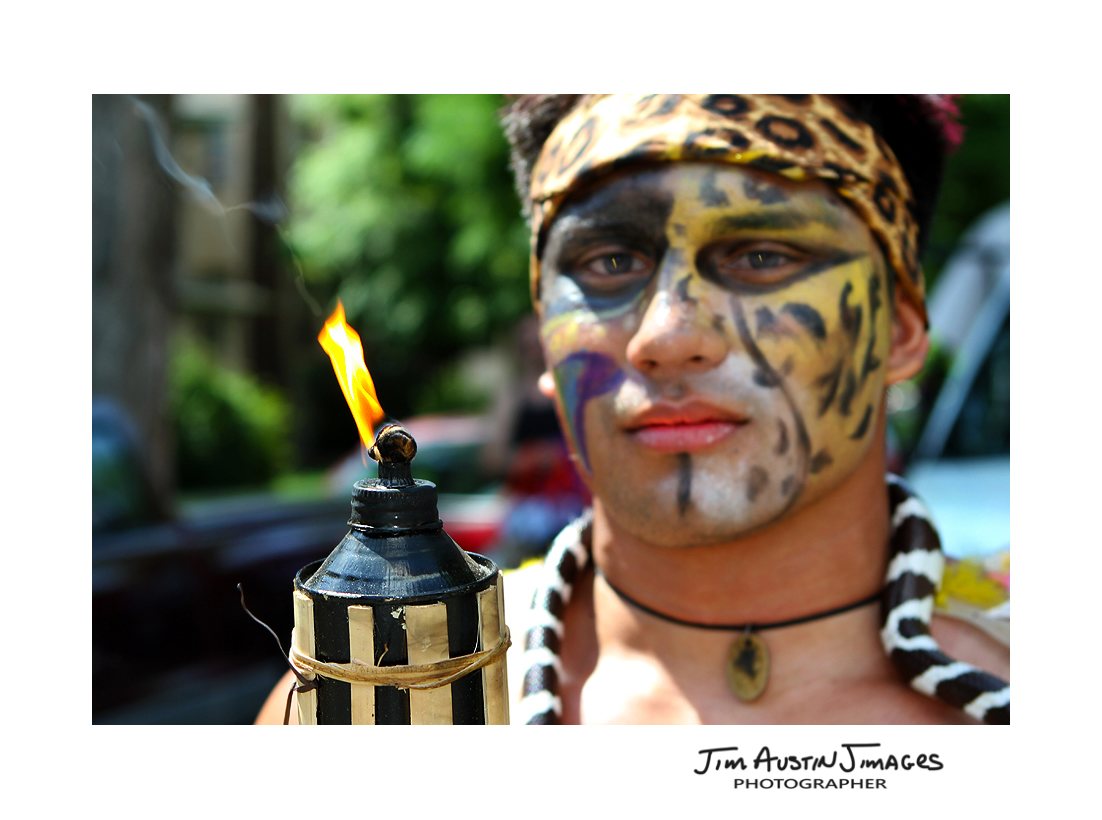
3 Ideas About Two Eyes
Keeping three more ideas in mind can help us capture those emotional moments we cherish in our portraits.
I. EYES WIDE OPEN
First, let’s think about the pupil at the center of our eyes. Imagine that our pupils are first, a sign of beauty, and second, that they reflect states of human emotion.
Like the automatic aperture control of a modern optical 35 mm lens, our pupils respond to brightness. This is one reason why many portrait photographers use strobe/electronic flash, or low-powered LED lighting. The idea is to create light to make a portrait where the subject’s pupils are still expanded to a larger size. Why?
In general, larger pupils are more attractive. The eyes have it.
II. EMOTION
As photographers, our social skills carry more weight than the gear we carry. Knowing what, and how our subjects are feeling is key. For instance, when humans get excited, our pupils expand. This is a helpful reflex, because for centuries the appearance of larger pupils were considered a sign of great beauty. In fact, small doses of bella donna, an extract of the foxglove plant, were given to painters models in eyedrop form, by 17th century artists. The bella donna dilated the eyes, making a model appear more attractive during the portrait session.
Eyes are dual windows into our mind and brain. They change with our senses. When we are smelling, tasting, hearing or touching, our autonomic nervous system adjusts our pupil size. If we are concentrating, our brain functions are reflected in our eye movements, like a wind through tree branches. As our pupils dilate or pinprick, they reflect our emotions. Making portraits, we can tune in to these shifts in emotional expression.
III. EYE LEVEL: STUDY A MASTER
Keeping the camera at eye evel is a good starting point for portraiture. If the camera is above the subject’s eye level, that person often looks smaller. Lowering our cameras to below eye level elevates and enobles a subject. Let’s take one example, from a master photographer. What was the vantage point chosen: above, on or below eye level?
Sebastio Salgado (Born 1944, Brazilian photojournalist, economist, humanist, member of Magnum and Gamma) makes portraits in which his subjects “scream without opening their mouths.” His portraits of peasants and Brazilian mine workers capture their eyes as dark pools of emotion.
On the cover of his book An Uncertain Grace, a picture of three young girls with angelic demeanors. Their eyes are dark, large, and beautiful, as he photographed them from below eye level, elevating their grace and humanity. This is a crop from his cover photograph:
After making some sharp-eyed portraits, we may come to learn the best ways to consistently light the eyes and get them in-focus, beautifully. Ensuring good light in the eyes of our subjects lets us share a glimpse of their soul.

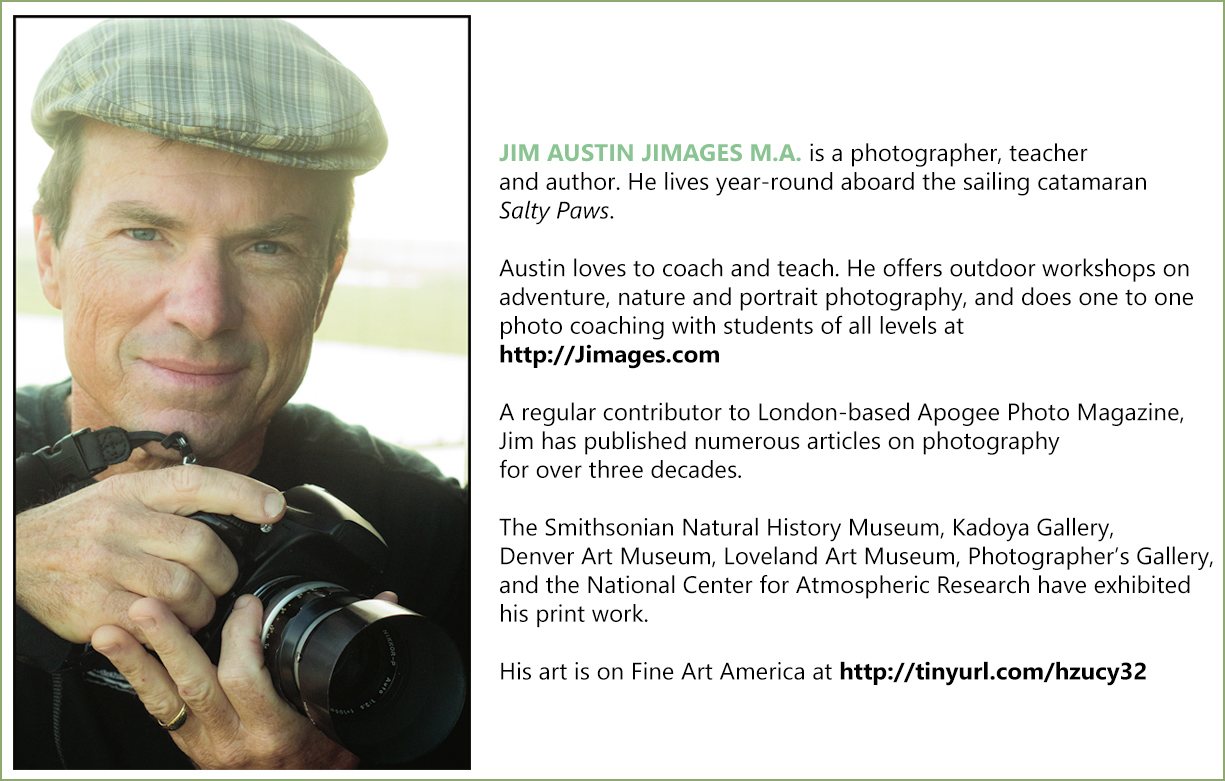

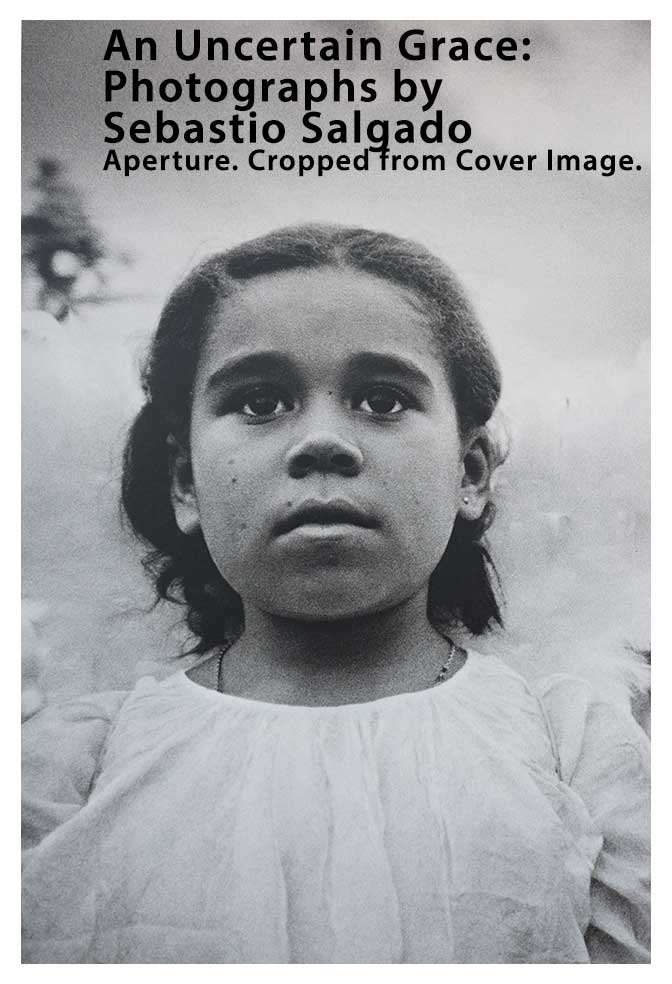
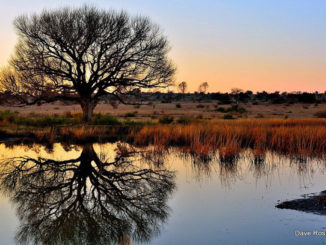
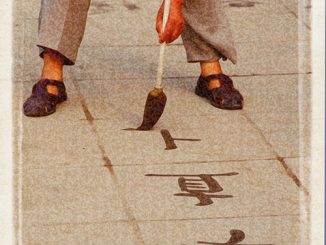
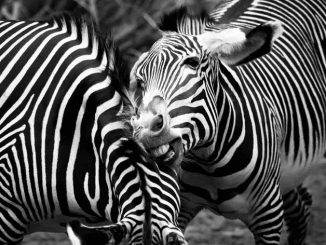
Leave a Reply